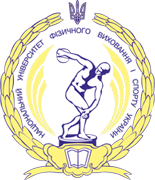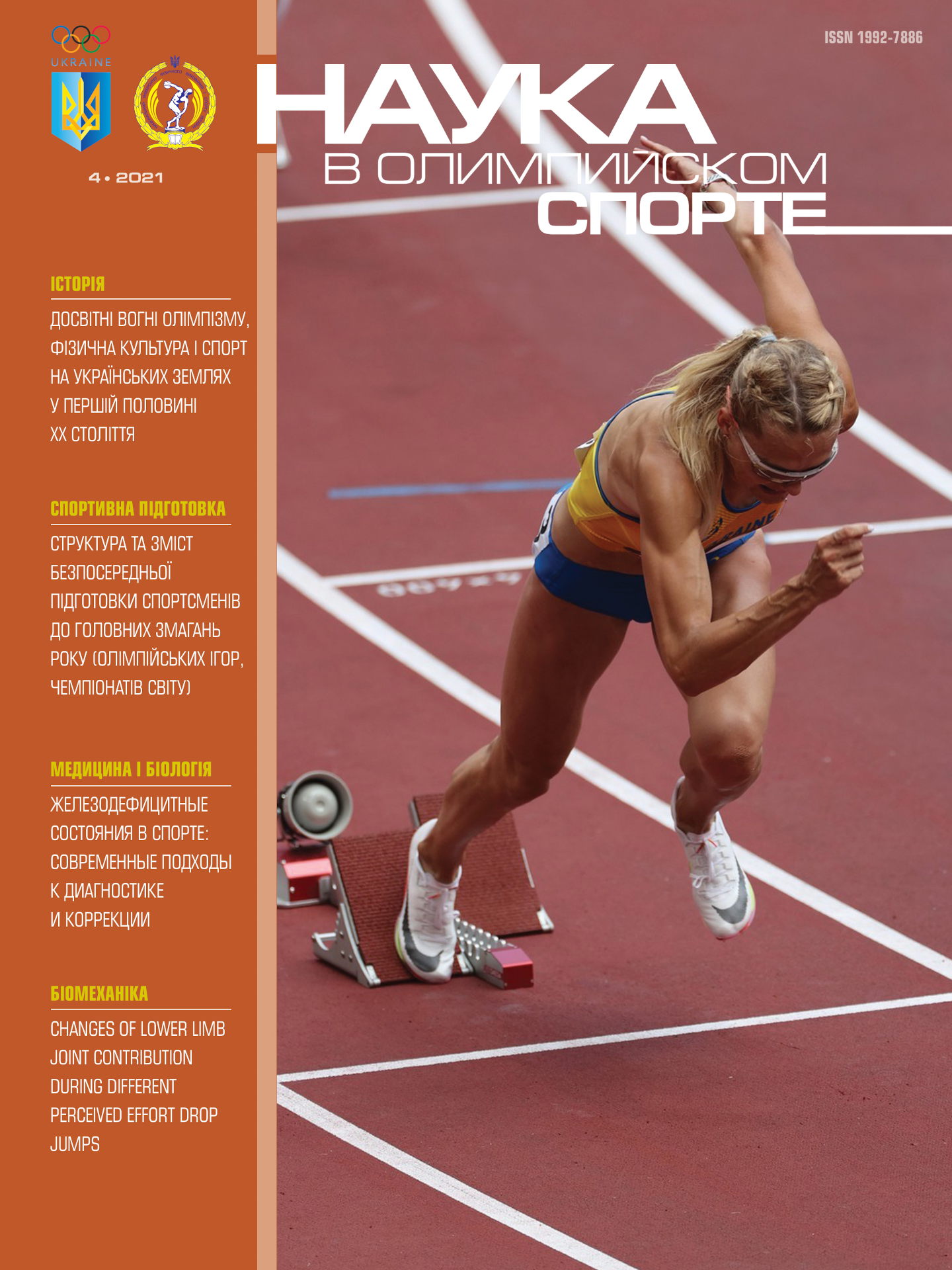Abstract:
The article provides a detailed description of the generalized, group and individual models of power and capacity of kayakers energy supply. The role and place of models in the system of physical training of kayakers are shown, with account for age, gender, qualifi cation, the stage of long-term preparation The foundations for the development and application in practice of training exercise modes based on the individual parameters of the ergometric power of work and the model physiological characteristics of the special work capacity of the rowers are presented. Generalized, group and individual models of the characteristics of power and capacity of special work capacity energy supply of kayakers have been developed. The generalized models include the characteristics of young skilled rowers, who are at the stage of preparation for the highest achievements. Interpretation of power and capacity indices of aerobic and anaerobic energy supply ( . VO2max / kg, . VO2max, MAOD, . VO2 · HR-1, VE · VСO2 -1, La) and ergometric work power ( - W 30 s; - W AT, - W . VO2max, T . VO2max) aims to improve the effi ciency of selection and sports orientation for sports improvement in kayaking. Group models include the characteristics of qualifi ed rowers who specialize in 200, 500 and 1000 m distances. Interpretation of the indices of aerobic and anaerobic energy supply ( . VO2max · kg-1, . VO2max, VE · VСO2 -1, La) and ergometric work power ( - W 30 s (test 30 s), - W 90 s (test 4 min), - W 180 s (test 4 min), - W test 4 min) is aimed at assessment of the level of fi tness, search for reserves to improve special work capacity, correction of the training process, with account for the specialization of rowers. Individual models include quantitative characteristics of high class rowers, which have the highest (unique) individual values of indices, higher than the characteristics of generalized and group models.













